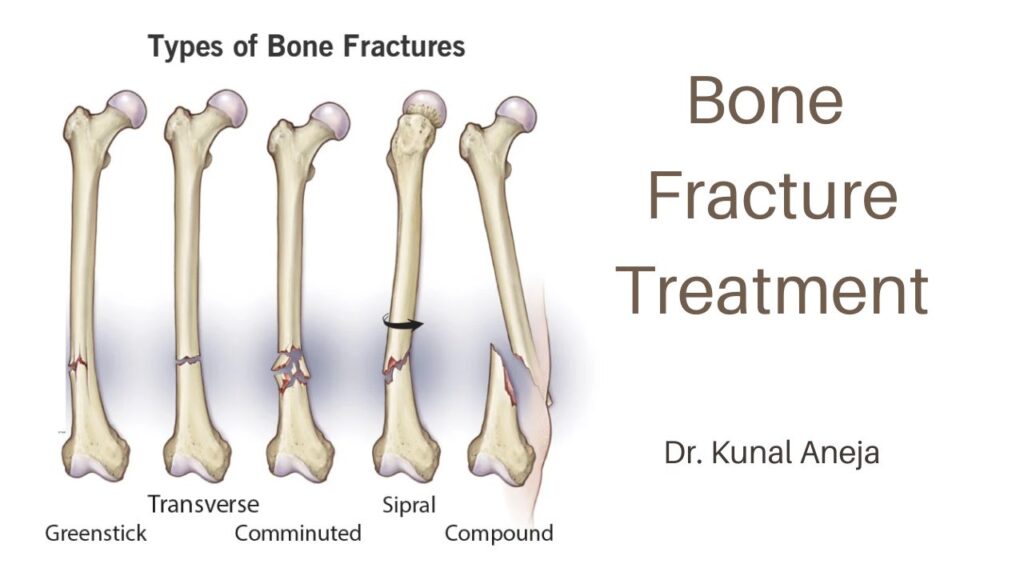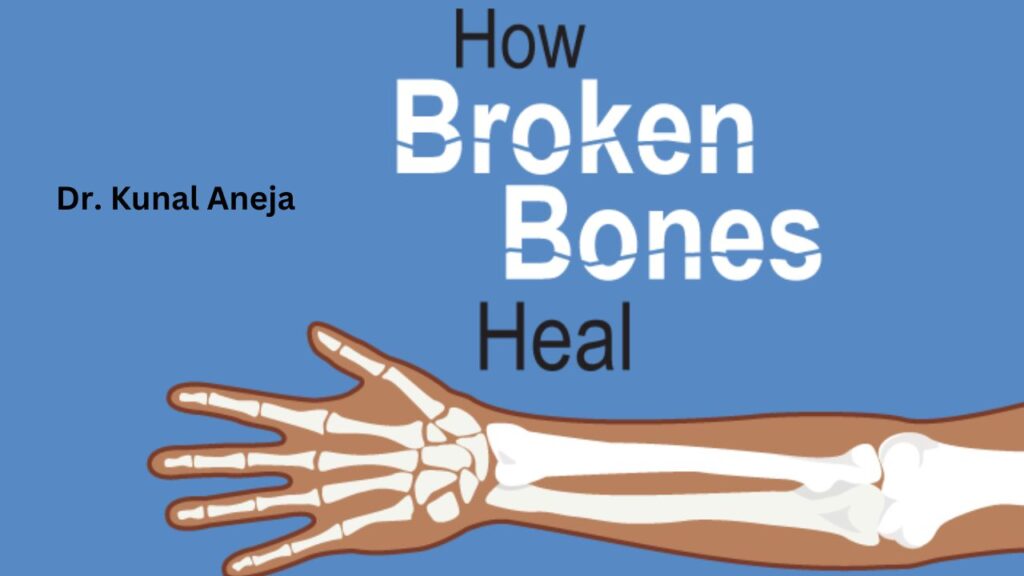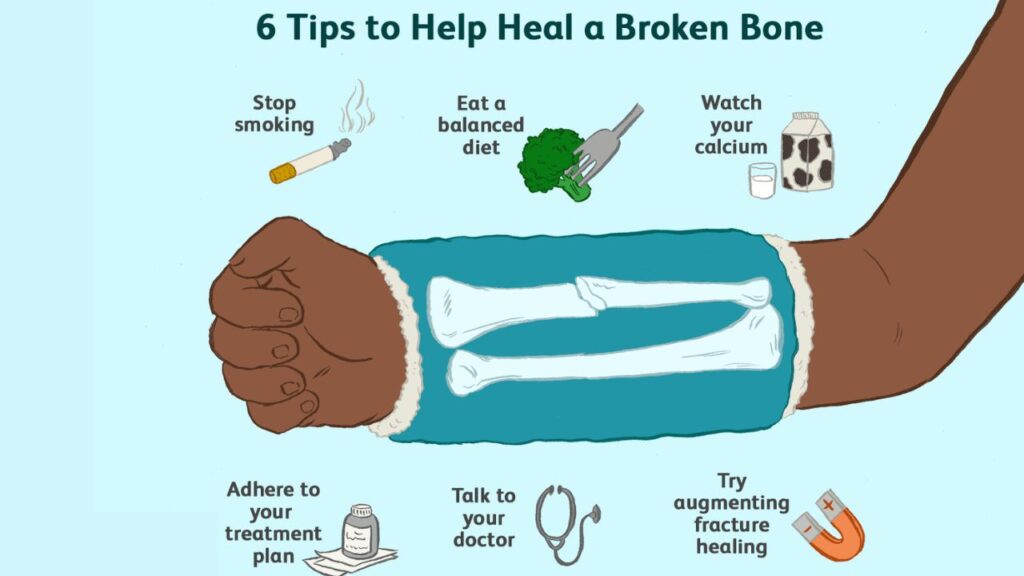
Bone Fracture Treatment – Dr. Kunal Aneja
Bone fractures are breaks in a bone’s continuity, often due to high-force impact or stress.
In addition to osteoporosis and certain types of cancer, fractures can also be caused by medical conditions that weaken bones. These are called pathological fractures.
If you need the best orthopedic surgeon for Bone Fracture Treatment or doctor in Delhi, India, then contact Dr. Kunal Aneja. Orthopedics is a medical science department that requires specialists. Despite the rising number of orthopedic doctors in our country, finding the best orthopedic doctor in Delhi, India, has become increasingly challenging. You can always rely on Dr. Kunal Aneja for all your orthopedic treatments, an eminent orthopedic surgeon with years of experience.
The purpose of this article is to describe the different types of bone fractures, their causes, and treatments.

What is a bone fracture treatment?
A bone fracture occurs when a force is applied to a bone stronger than it can bear. This results in pain, loss of function, bleeding, and injury to surrounding tissues.
Our skeleton is made up of bones. Bones are a type of connective tissue reinforced with calcium and bone cells. Bones have a softer center, called bone marrow, where blood cells are made. Our skeleton supports us, enables us to move, and protects our internal organs.
A bone fracture can be mild or severe, depending on the strength and direction of the force, the type of bone involved, and the person’s age and general health. Common bone fractures include:

- Hands and wrists
- Ankle tendon
- hip – hip fractures occur most often in older people.
In general, broken bones will heal within 4 to 8 weeks, depending on the person’s age and health.
Bone Fracture Treatment includes immobilizing the bone with a plaster cast or surgically inserting metal rods or plates to hold the bone pieces together. Some complicated fractures may need surgery and surgical traction.
What are the different types of bone fractures?

There are several types of fractures, including:
- Closed (simple) fracture – The broken bone does not penetrate the skin.
- Open (compound) fracture – Fractures where the bone is exposed through the skin or where a wound leads to the fracture site are more likely to cause infection and external bleeding.
- Greenstick fracture – A small, thin crack in the bone. Children’s bones are more flexible than adults’ bones, so this can occur.
- Hairline fracture – Stress fractures are most commonly caused by repetitive stress from activities like jogging or running.
- Complicated fracture – During a fracture, the surrounding structures are injured. Veins, arteries, nerves, and the periosteum (bone lining) may be damaged.
- Comminuted fracture – As the bone breaks into small pieces, it heals more slowly than other fractures.
- Avulsion fracture – Muscles are attached to bone by tendons and connective tissue. Muscular muscle contractions can pull out pieces of bone, usually at the knees and shoulders.
- Compression fracture – When two bones hit each other, it can cause a fracture. Vertebrae in the spine are most likely to suffer these kinds of fractures. Those with osteoporosis are most likely to suffer these types of fractures.

In addition to fractures of the legs and arms, skulls and ribs can be broken due to trauma to the head, chest, spine, or pelvis. These fractures are compounded by the underlying body structure the bone is supposed to protect.
When this type of fracture occurs, it may present a life-threatening injury, so always seek emergency help if you suspect it may be life-threatening.
How are bone fractures caused?
Many factors can lead to bone fractures, including:
- Trauma or injury, such as a fall or direct blow to the head
- Osteoporosis is a condition that weakens bones and makes them more likely to fracture.
- Overuse can lead to minor fractures or cracks in the bones due to repetitive stress.
- Certain medical conditions include cancer or osteogenesis imperfecta (a genetic disorder affecting bone growth).
- It is possible for specific medications, such as glucocorticoids, to weaken bones and make them more susceptible to fractures.
Various factors, including type, location, and severity, can cause bone fractures.
How is a bone fracture diagnosed?
The following tests can be used to diagnose bone fractures:
1. X-ray:
The most common and widely used test for detecting bone fractures. The test uses radiation to create images of the bones, which can reveal any breaks or cracks.
2. CT Scan:
Using X-rays and a computer, this test creates three-dimensional images of bones. It is helpful in detecting fractures that might not show up on a standard X-ray and planning surgery.
3. MRI:
Magnetic fields and radio waves create detailed images of bone and surrounding soft tissues. This test is beneficial for diagnosing fractures that are hard to see on X-rays, such as those in the spine or pelvis.
4. Ultrasound:
For detecting fractures in wrists, ankles, and feet, this test uses high-frequency sound waves to create images of the bones and soft tissues around them.

5. Bone Scan:
In this test, a small amount of radioactive material is injected into the bloodstream, and then photographs are taken to detect areas of increased uptake. This can help detect stress fractures that are not visible on X-rays.
The type and location of the fracture will likely determine which of these tests your doctor orders.
What should you know about bone fracture treatment?
In general, bone fractures are treated by immobilizing the affected bone so that it can heal. Some of the most common treatments are:
- Cast or splint:
The affected bone is immobilized for six to eight weeks, and most fractures can be treated with this.
- Surgery:
When the bone is displaced or open, surgery may be necessary. This involves realigning the bone and securing it with screws, plates, or pins.
- Physical therapy:
This practice often recommends strengthening and regaining the range of motion in the affected area.
- Medications:
Ibuprofen or acetaminophen may be prescribed as pain relievers.

- Bracing:
Some fractures, such as those of the wrist and ankle, can benefit from this treatment to help support and protect the bone.
- Weight-bearing restrictions:
Depending on the location and type of fracture, you may be advised not to place weight on the affected limb until the bone has healed.
- Follow-up:
As your doctor monitors your progress, you may need additional imaging tests to check on the healing process. To ensure the best outcome for your bone fracture treatment, you should follow your doctor’s instructions and attend all follow-up appointments.

